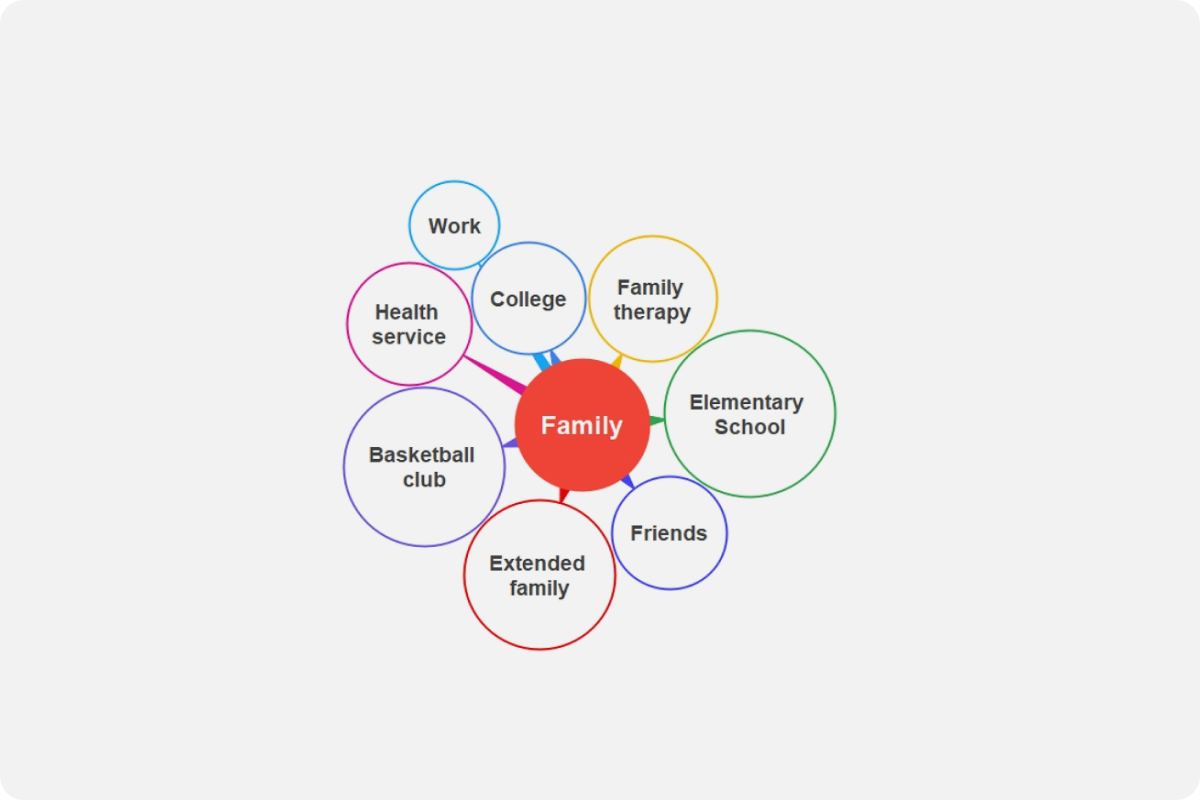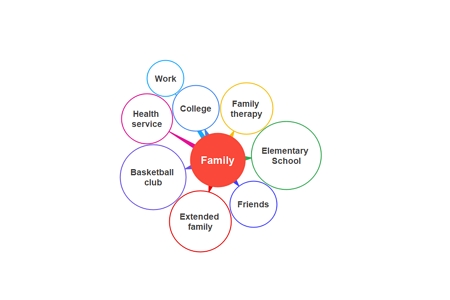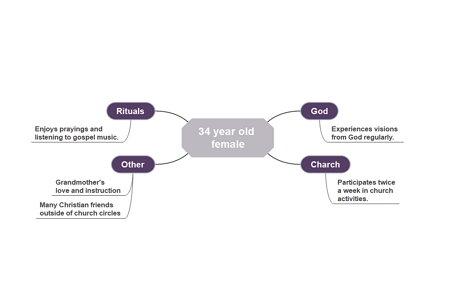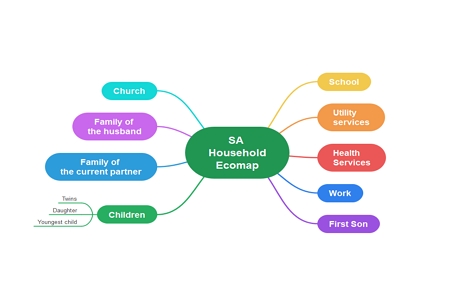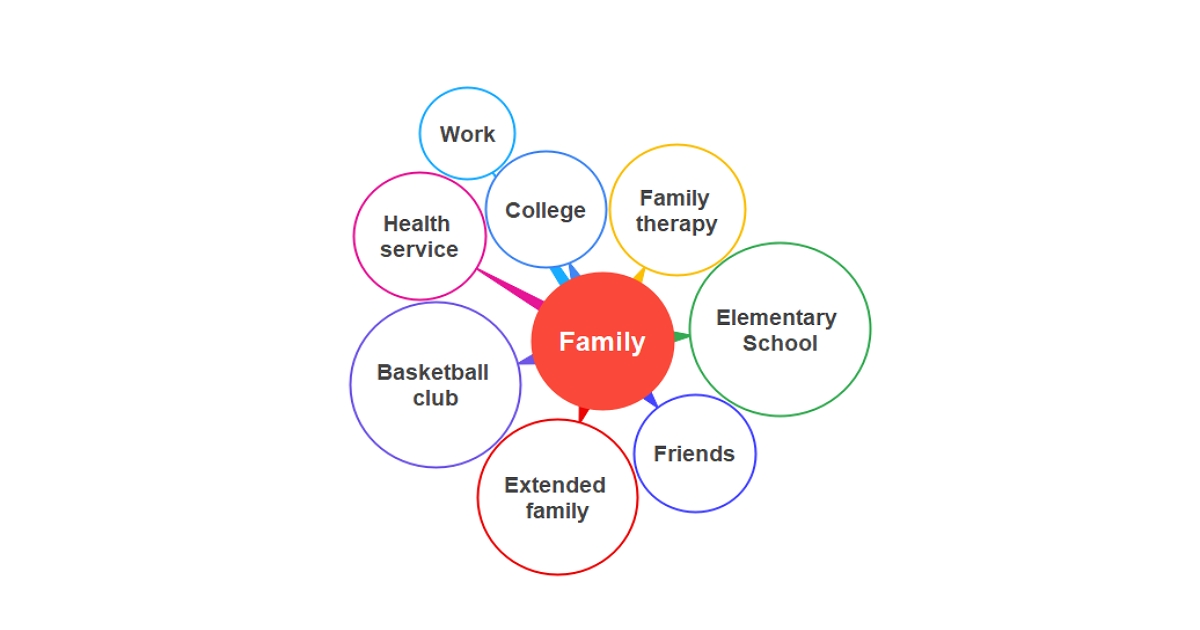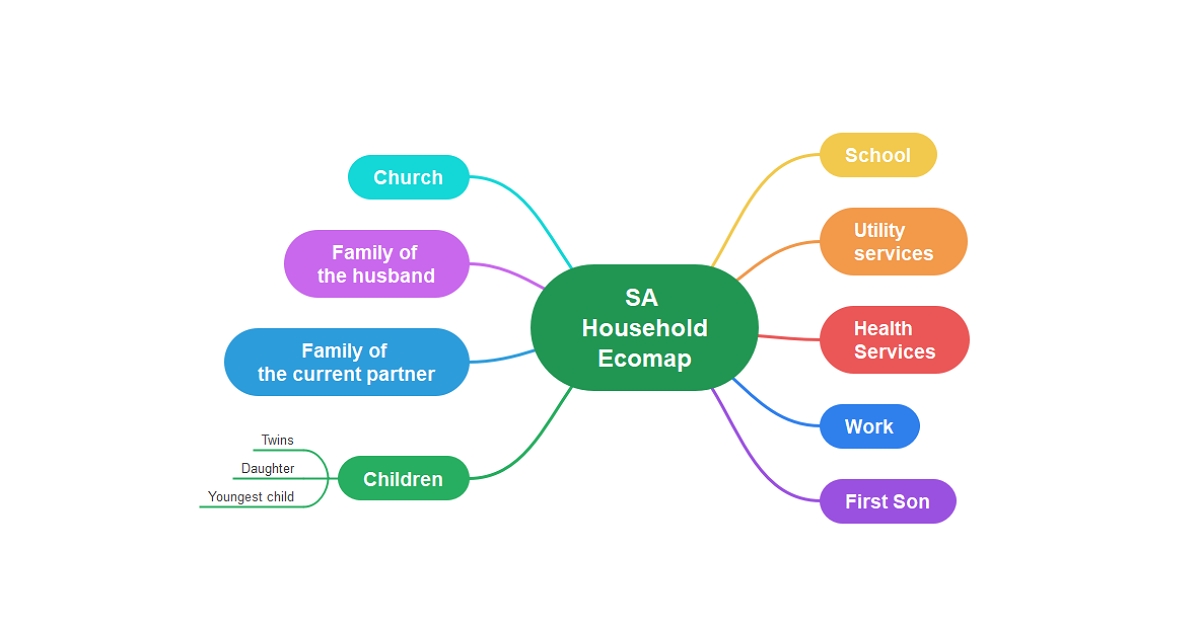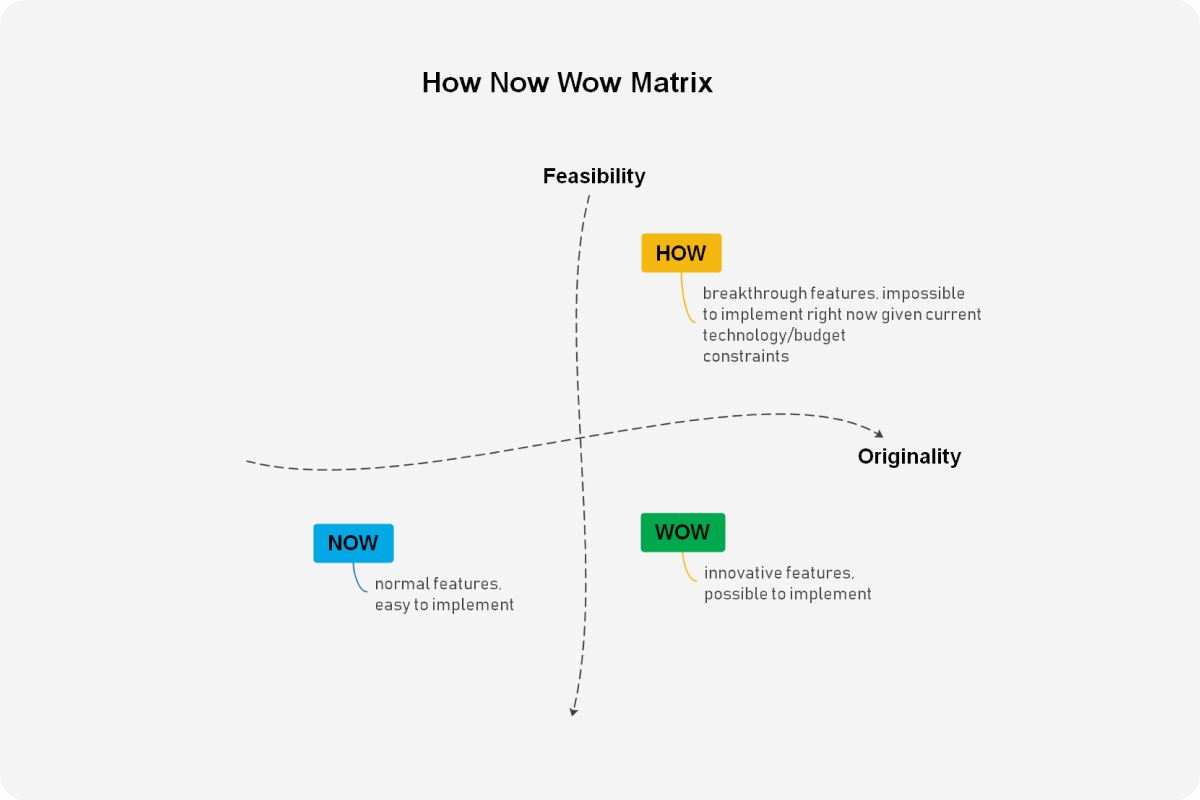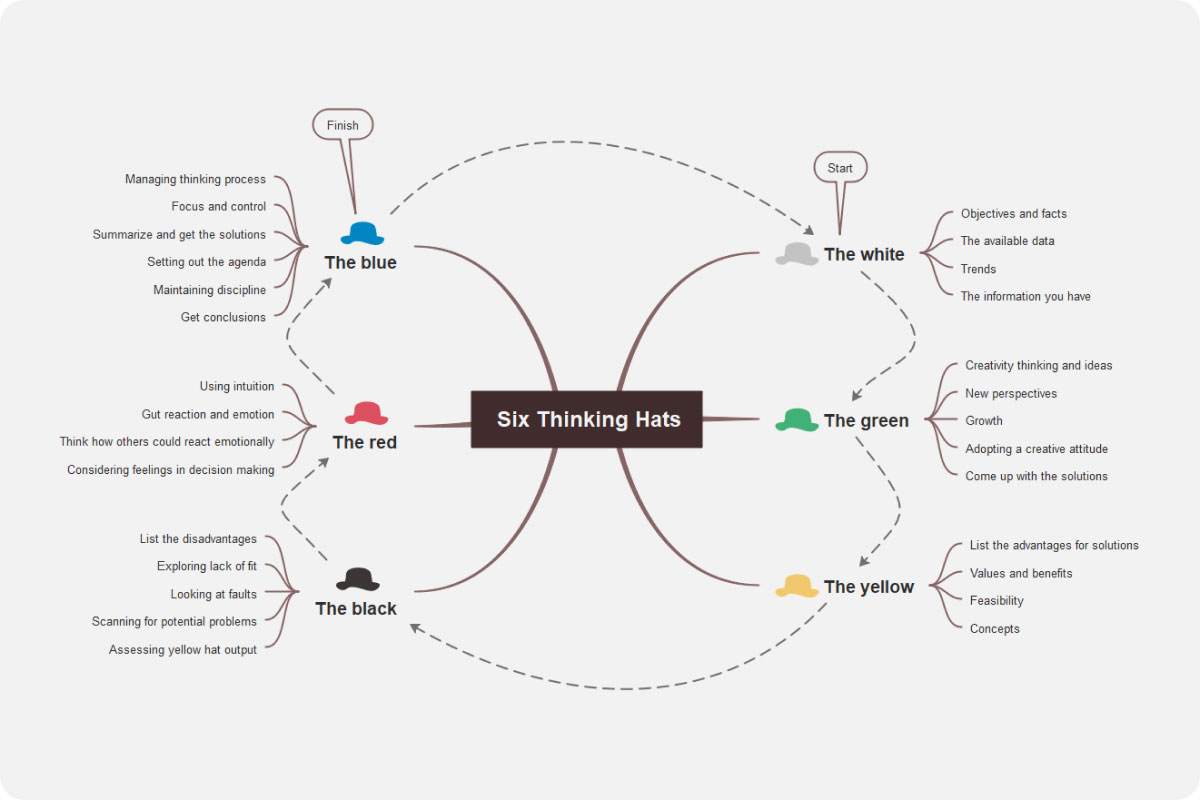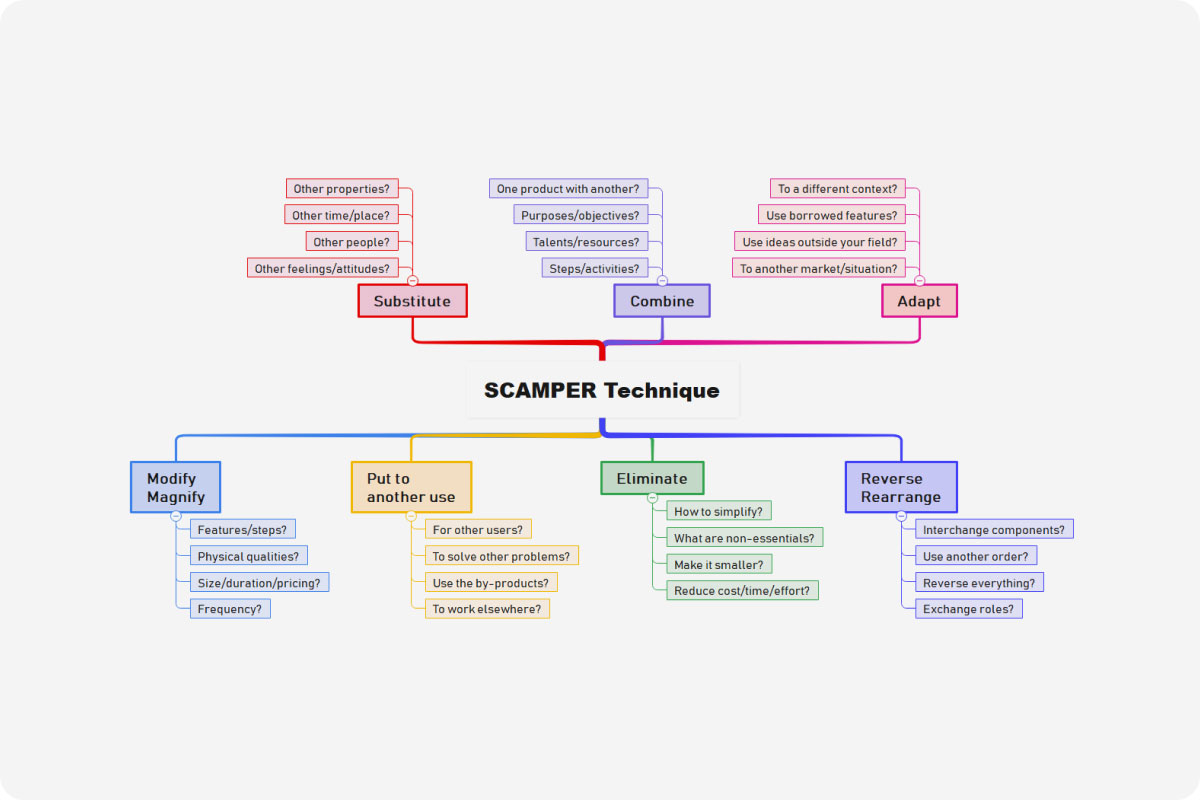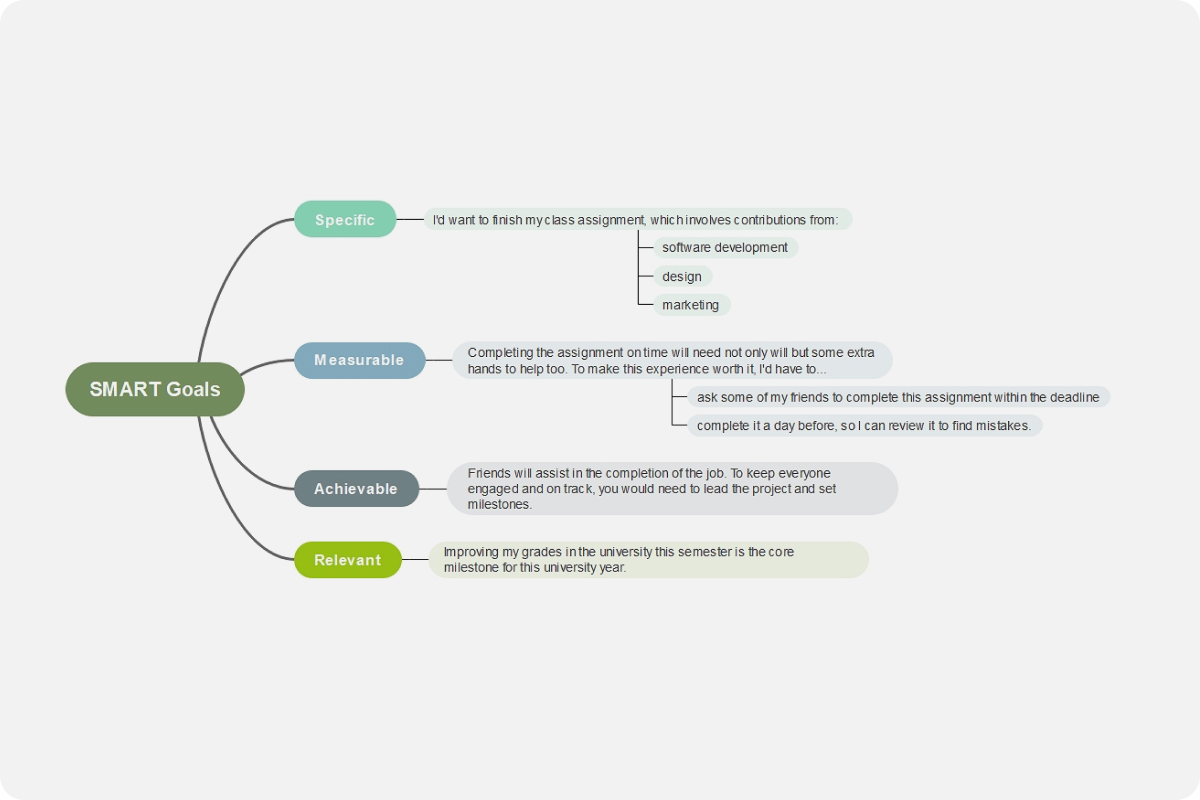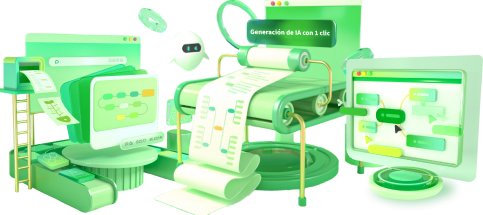About the Ecomap Template
Dr. Ann Hartman first developed ecomaps in 1975 to depict the ecological system that encompasses society. They are classified as a visual tool that provides information about individuals and their connections to their environment. Ecomaps are generally used and filled by medical personnel or counselors to understand the person in question better.
Within the ecomap, there are illustrations of the individual's network, connection with their environment, and so many others. It is a comprehensive and precise representation of an individual's relationships towards family, community, and society, among others.
When you look at an ecomap template, various sizes and shapes represent and connect other individuals with the one at the center. Since ecomaps are generally utilized for family connections, here are some elements that are usually included in an ecomap:
- Friends
- Schooling
- Religious connections
- Sports team
- Place of work
- Hobbies
- Community engagement
- Social clubs
Social workers use an ecomap to identify and assess the quality of connection a person has with other elements and members of society. Besides social workers, ecomap is also utilized in nursing to identify effective treatment and other interventions.
Besides shapes and sizes, various symbols, mostly lines, connect the centered person with the other members and elements. There are different line classifications used in an ecomap; each line has its respective meanings. Check out the list below:
- Thick lines. If these lines are not thicker, they will appear darker. Thicker or darker lines mean stronger relationships between two elements of the line. Two lines can be drawn to illustrate similar, positive, and strong connections.
- Curved lines. These lines can appear in the ecomap as either curved or colored in red. These types of lines depict a negative relationship. The lines can also be broken to illustrate the source.
- Single lines. These lines have arrows that indicate directions and relationships towards something. When the arrow points to the main individual, it signifies the influence flow to the person in question. When the arrow points towards one or more elements from the center, it depicts the flow of interest from the centered person to the directed element or member. There will be times when the arrows point to both elements; this means the influence flows in both parties.
What is the Difference between an Ecomap and a Genogram?
A genogram and an ecomap are two visual mediums to illustrate information and relationships about an individual. The two can be similar and different in various ways. A genogram is a family tree with additional details to present more information concerning a person's family history. It uses specific symbols to help define each relationship. A circle represents females; meanwhile, a square is for males. An X indicates that a person has already passed away. Colors and lines are also used in genograms to specify and illustrate each relationship further.
Unlike genograms that illustrate a family tree and the relationships on the family, ecomap generally emphasizes an individual and explains that individual's personal and social connections.
While both might have practical purposes, they can differ in how they are used in a situation. Genograms are usually used to document family history and can also be used by medical professionals for any medical conditions in the family.
Ecomap Examples
You can look upon the web for an ecomap example as there are various types of them, depending on how and where you will use it. Below are some ecomap examples where you can base your diagrams from:
Family Ecomap
From the word itself, a family ecomap is a visual illustration of its social environment. This type of diagram is typically used in family counseling, medical intervention, or mental health treatment. Besides better understanding the family relationship with the social environment, professionals will identify how much support the family needs and the social aspects that might need improvements through a family ecomap.
